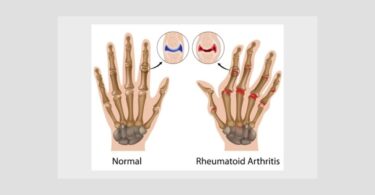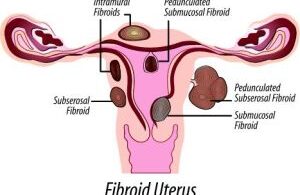Harold Fergie Woods, M. D – (1883-1961
By “lesser used” I do not necessarily mean rare. Of course, the term is a comparative one. Each of us may use some remedy that very few others do. But I mean remedies outside the polychrests, remedies, perhaps, that have not been so well proved as many that we use every day, and remedies (most of them) that cannot be prescribed on “generals” (probably on account of lack of sufficient proving), but have been employed on account of one or two striking- symptoms. A young lady came to me for irregular menstruation. She had two very well marked symptoms, neither of them connected with menstruation, which, together, led me to a remedy I had never used before. One symptom was a severe burning pain in the stomach after each meal, and the other was frequent dreaming of cats, black cats. A remedy that has both these symptoms strongly is Daphne Indica, One dose of this remedy in the 30th potency cured both the above mentioned symptoms, and neither has returned since, that is, after several months. I must say that Daphne did not relieve her menstrual trouble at all. In Hering’s “Guiding Symptoms,” the action of this drug on the female sex- ual organs is not mentioned. Perhaps there were no female provers. After trial of several other remedies for the menstrual irregularity, this eventually yielded to Sepia. Daphne Indica, or Daphne odorata, must not be confused with Daphne mezereum. In Kent’s Repertory, Daphne Indica is the only remedy mentioned in italics for the symptom “dreams of cats,” and the sole remedy (though in ordinary type) under the rubric, “dreams of black cats.” I may say, when coming across an unusual symptom such as this, I always ask the patient if there is any known cause for it. In this case I made sure that the patient had never had much to do with cats and had never been frightened by one. If such had been the case, the value of the symptom would have been considerably discounted.
Capsicum Case
Capsicum is a remedy that some of us have probably used more than others. The case I wish to mention was that of a man, age 32, who had been attending some time for chronic phthisis, improving steadily under Phos. He one day developed severe sciatica on the left side, the pain being worse from coughing, worse lying on painful side, worse first motion, afterwards relieved by motion, worse bending backwards, relieved by drawing up the knee. Someone had given him Rhus tox. with very little, if any relief. A few doses of Capsicum 200 cleared it up entirely. Capsicum is one of four remedies under the rubric “Sciatica, < coughing, and is in italics. Capsicum is the only remedy (though in ordinary print) under the rubric “Sciatica, < bending backwards.” This is an unusual symptom, the reverse of what one would expect, and so very valuable. But the rubric “Sciatica, > drawing up knee’ does not contain this remedy. This case impresses one with the fact that in treating a case of pain in the limbs, it is better not to prescribe on or lay much stress on the modality “< first motion. > continued motion.” Other remedies than Rhus have it, and after all it is a common symptom, capable of easy explanation.
Lac defloratum case
I have had two rather good cases of chronic headache cured with skimmed milk (Lac defloratum). One, a woman, aged 49, had been attending me in the outpatient department of the London Homoeopathic Hospital for nearly two years for this complaint. She had had chiefly Sulph. and Lach., with practically no relief. She then came to my house, and having, I suppose, more time to go into her symptoms, I found the remedy that appeared to cure her immediately. The headaches she had had all her life and every week. They were over the eyes or on the bridge of the nose, and spread to the occiput, were < light, < noise, < motion. < at M. P., > tight bandage. They were pulsating in character. Last, but not least, they were accompanied by copious urination — not coming at the end of the headache and relieving it, as in Gels., but continuing all the time the pain was there. The only remedy in Kent’s Repertory in this rubric that is in black type is Lac def. Immediately she was put on this remedy the headaches practically ended. She had one dose of the 30th on July 18. no more till October 9, when she got one dose of the 200, another on January 1. Then one on February 8, and another on April 9. A cm. on May 27, and another on September 17. and no headaches now for seven months, though she has had Sulph. and Lyc. for digestive troubles.
Vipera Case Some time ago I had a patient with constant intense pain in the arm (left, I think), which was relieved by hanging down. In the night she hung the arm out of bed to get relief. I have often noticed that when a remedy has a certain very striking symptom or modality, it will often cure the exact opposite of that symptom or modality. For example, Lycopodium, which has very strongly “desires for sweets,” will often cure when there is a strong aversion to or aggravation from sweets. In this case, as I could find no remedy that had relief from hanging the arm down, I chose one that had very markedly aggravation from hanging down — Vipera — and Vipera 30 cured the pain.
From: The Homoeopathic Recorder Vol 29 – 1914





Nice.
Thanks for sharing this article.